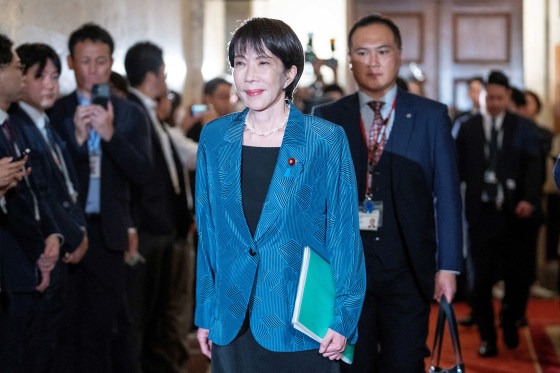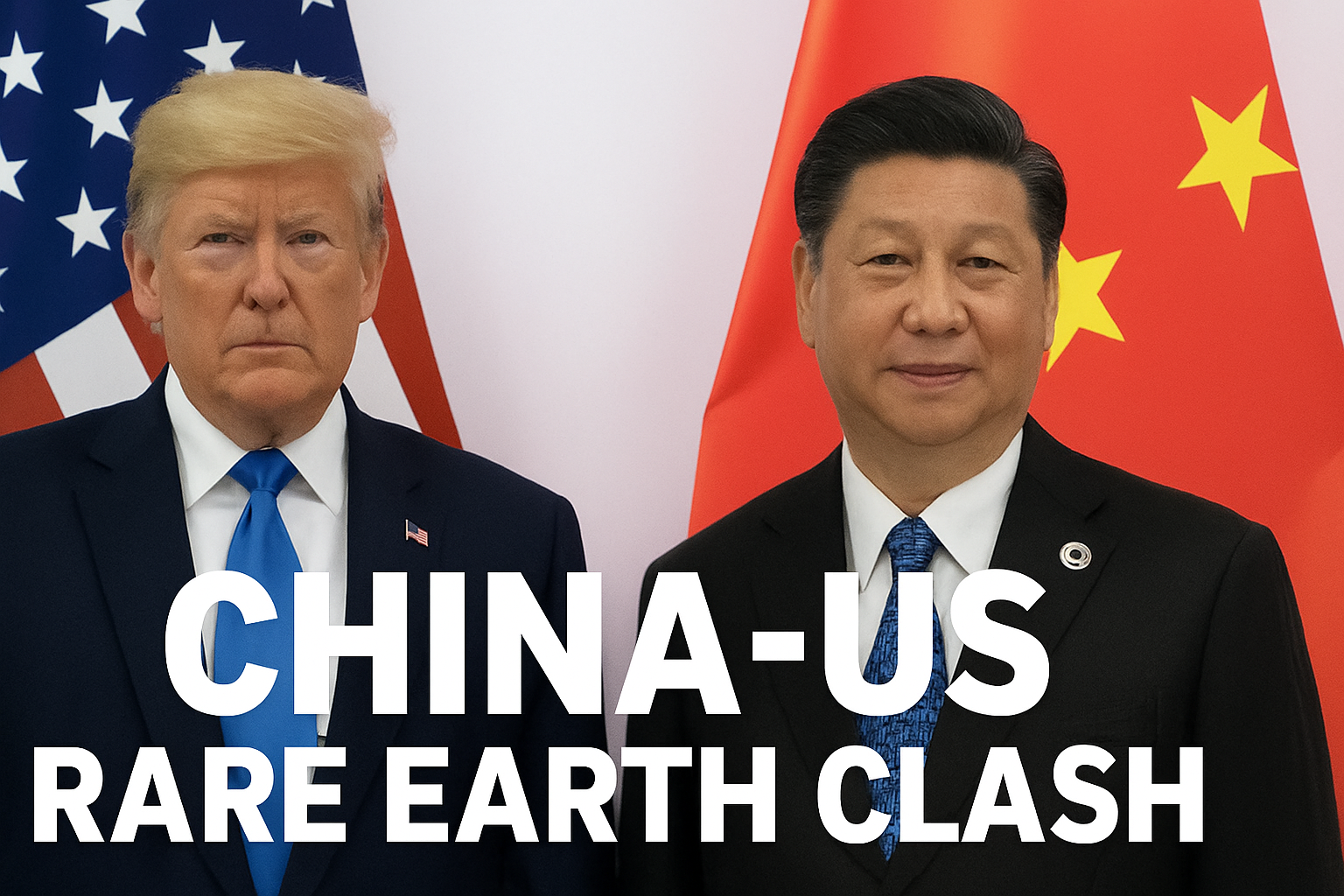
Japan has crossed a historic threshold. The nation’s parliament elected Sanae Takaichi as the first woman to hold the office of Prime Minister. At 64, Takaichi steps into power during one of Japan’s most politically fragile moments, as her Liberal Democratic Party (LDP) faces internal rifts, a declining economy, and growing regional tensions.
Takaichi’s appointment has been hailed as a symbolic breakthrough in a society that has long struggled with gender inequality in politics. However, beneath the celebration lies a deeper question: will Japan’s first female leader truly advance the cause of women, or reinforce the conservative foundations that kept them sidelined for decades?
A Historic First, But a Familiar Ideology
Takaichi’s election followed the LDP’s alliance with the right-wing Japan Innovation Party (JIP) after losing support from its centrist partner Komeito. The political deal ensured her parliamentary victory, but it also signaled a turn toward stronger nationalism.
A protégé of the late Shinzo Abe, Takaichi is known for her hardline positions. She has consistently opposed same-sex marriage, separate surnames for married couples, and the idea of a female emperor. Her political record reflects the traditionalist wing of Japanese conservatism, a position that may comfort party loyalists but disappoint those hoping for progressive reform.
Despite her gender milestone, Takaichi’s views suggest that she is unlikely to champion women’s rights or equality in workplaces. Critics argue that her leadership could become an “aesthetic change” rather than a structural one. Political analyst Haruko Watanabe told Insightful Take, “She is breaking the ceiling without changing the room beneath it.”
Japan’s Challenges Multiply
Takaichi inherits a long list of urgent challenges. The Japanese economy remains fragile, with high inflation, sluggish wages, and an aging population shrinking the labor force. Her “crisis management investment” plan aims to stimulate industries, bolster defense, and enhance energy security. Yet economists warn that such spending could strain Japan’s already massive public debt.
On foreign policy, Takaichi’s hawkish outlook will test Tokyo’s delicate ties with Beijing and Seoul. Her past visits to the controversial Yasukuni Shrine, where Japan’s war dead are honored, have drawn criticism from China and South Korea. Regional observers believe her premiership could harden Japan’s stance in East Asia and strengthen its alliance with the United States and India under the Indo-Pacific framework.
Internationally, her election has drawn cautious optimism. Indian Prime Minister Narendra Modi congratulated Takaichi and reaffirmed India’s commitment to deepen cooperation with Japan. Washington, too, welcomed her leadership, seeing continuity in Tokyo’s strategic direction.
Gender Symbolism vs. Social Reality
Japan ranks among the lowest in the world for female political representation. Women make up less than 15 percent of the lower house, and the country remains far behind global peers in gender equality indices. While Takaichi’s rise is historic, many Japanese women are skeptical that her leadership will translate into tangible benefits.
Activist Megumi Sato noted, “Having a woman in power matters, but what she stands for matters more. If she upholds the same patriarchal norms, the symbolism loses meaning.”
Public opinion reflects both pride and pragmatism. While many citizens welcome her achievement, polls show that most Japanese voters prioritize economic revival and clean governance over gender symbolism. Her government faces the difficult task of rebuilding trust after a series of political funding scandals that weakened public faith in the ruling party.
Key Challenges Ahead
Takaichi’s immediate challenge is to consolidate her coalition and stabilize governance. Her administration must present a credible budget by December while navigating pressure from both conservatives and moderates within her party.
Analysts predict that her tenure will serve as a test for Japan’s political evolution. If she manages to restore stability and economic confidence, she could redefine leadership expectations in Japan. But if she fails to deliver reform, her premiership may be remembered as a symbolic interlude rather than a turning point.
Final Take
Sanae Takaichi’s rise is undeniably historic. For the first time, Japan sees a woman at the helm of its government, a sight that many thought impossible. Yet history alone cannot guarantee progress. The true test will be whether her leadership transforms the structures that have long excluded women and restrained reform.
Japan has gained a trailblazer, but whether it has gained a reformer remains to be seen.


.jpeg)





.jpeg)


.jpeg)



.jpeg)
.jpeg)
.jpeg)


